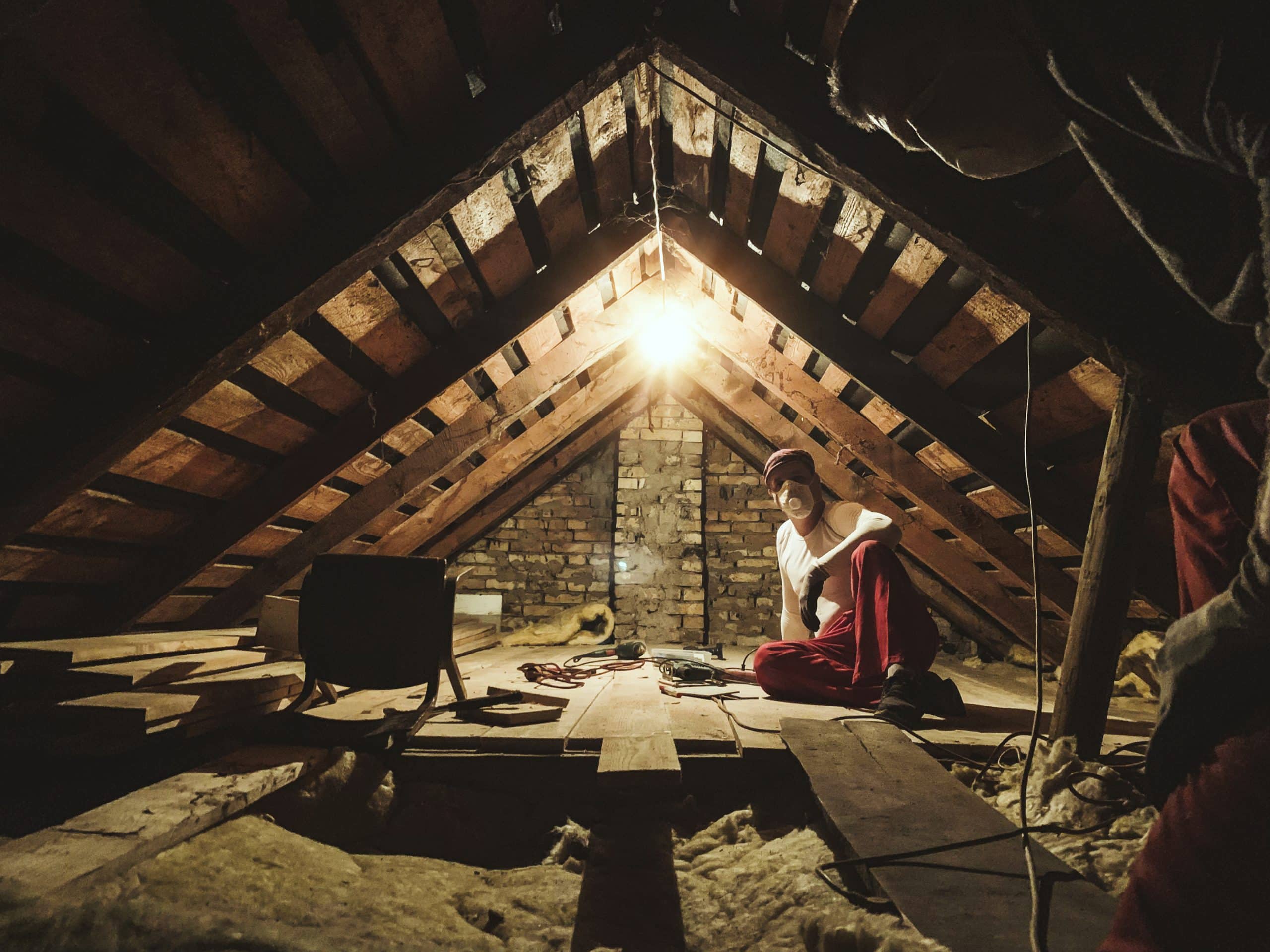Owning a classic Porsche 911 is like having a piece of automotive history. The sleek lines, the powerful engine, and, of course, the luxurious leather interior – it all adds up to an experience that is simply unmatched. But as time goes by, even the best-kept Porsche can start to show signs of age. One of the most common issues that car owners face is oxidized leather seats. However, with the right approach, you can breathe new life into your Porsche’s weathered interior.
The Importance of Regular Cleaning and Detailing
Before diving into the process of restoring oxidized leather seats, let’s talk about the importance of regular cleaning and detailing. Why? Because prevention is always better than cure. Regular cleaning not only keeps your Porsche looking its best, it’s also key to preserving the life of the leather, preventing oxidation from occurring in the first place.
In parallel : What’s the Best Method to Balance Performance and Economy Tuning in a Diesel Land Rover Discovery?
For a classic Porsche 911, a thorough and professional detailing should be performed at least twice a year. Invest in high-quality leather cleaner and conditioner, designed specifically for automotive applications. A simple wipe down with a damp cloth won’t cut it. Leather is a natural material, and like your skin, it needs proper nourishment to prevent it from drying out and cracking.
Recognizing Oxidized Leather
Oxidation is a natural process. It happens when the leather is exposed to the elements like sunlight and heat over a prolonged period. The result? The leather starts to lose its natural oils and moisture, leading to a faded, dry, and cracked appearance.
Also read : How to Retrofit a Digital Instrument Cluster in a 1999 BMW E46 for a Modern Look?
Recognizing oxidized leather is the first step to restoration. How can you tell if the leather in your Porsche is oxidized? A simple visual inspection will usually suffice. The leather will appear dry, dull, and lack its original sheen. In severe cases, it may even start to crack or flake.
Steps to Restore Oxidized Leather
Restoring oxidized leather is not a task for the faint-hearted. It requires patience, the right tools, and a bit of elbow grease. But the results are well worth the effort. Here’s the step-by-step process:
1. Cleaning: Start with a thorough cleaning to remove any dirt or grime on the surface of the leather. Use a high-quality leather cleaner along with a soft, non-abrasive cloth or sponge. Be sure to clean in a circular motion to avoid streaking.
2. Conditioning: After cleaning, it’s time to condition the leather. Apply a leather conditioner liberally, ensuring that it’s evenly distributed. Let it soak in for a few hours, or even overnight, then buff it off with a clean, soft cloth.
3. Dyeing: If your leather has faded significantly, you may need to re-dye it. Use a leather dye that matches the original color of your Porsche’s interior. Apply the dye using a sponge or a spray gun, allowing each coat to dry before applying the next.
4. Sealing: The final step is to seal the leather with a protective coating. This will help to lock in the conditioner and dye, and provide an extra layer of protection against future oxidation.
Choosing the Right Products for Leather Restoration
When it comes to restoring oxidized leather, not all products are created equal. To ensure the best results, you’ll want to invest in high-quality, automotive-grade products.
For cleaning, choose a pH-balanced leather cleaner that is designed to remove dirt and grime without stripping the leather of its natural oils. For conditioning, a good leather conditioner should be rich in essential oils and nutrients that can replenish the lost moisture in the leather. For dyeing, ensure to use a dye that is specifically meant for leather and matches the original color of your seats. Lastly, a quality sealant should provide a durable finish and offer protection against UV rays and heat.
Professional Help or DIY?
Whether you should tackle the task of restoring oxidized leather yourself or hire a professional largely depends on your comfort level and budget. If you’re handy and enjoy a good DIY project, restoring your Porsche’s leather seats can be a rewarding experience. It’s also more cost-effective. However, if you’re not confident about doing it yourself, you can always enlist the help of a professional car detailer.
Remember, your classic Porsche 911 deserves nothing but the best. By investing in quality products and taking the time to clean and condition the leather regularly, you not only maintain the car’s aesthetic appeal but also its value. Now, you’re ready to hit the road in style and turn heads while doing so.
The Influence of Paint Correction and Protection on Leather Restoration
An often overlooked aspect of restoring oxidized leather seats in classic Porsche 911s is the role of paint correction and protection. This process involves removing imperfections, like swirls and scratches from the car’s paintwork, and applying a protective coating that serves to shield the car from potential damage, including the harmful UV rays that lead to leather oxidation.
To start, paint correction should be done with a professional-grade machine polisher. This process is methodical and requires precision to avoid the risk of damaging the paint. Once the paint has been corrected and is free from defects, a paint protection regimen should follow. Using a high-quality ceramic coating is recommended due to its high resistance to heat, UV rays, and other elements. It also adds a glossy, sleek finish to your classic car, enhancing its aesthetic appeal.
Leather seats are often neglected during this process because they are indoors, but UV rays can still reach them through the windows, leading to premature oxidation. This is why applying a protective film on the windows that can block UV rays is necessary. Not only does it protect your car’s interior, but it also helps maintain the temperature, preventing excessive heat, another catalyst for oxidation.
The Role of Regular Maintenance to Prevent Oxidation
Keeping your classic Porsche 911 in top-notch condition is not all about large-scale restorations. Regular maintenance, including cleaning the engine bay and wiping off brake dust, plays an integral part in preventing oxidation.
Brake dust, in particular, is corrosive and can cause the leather to deteriorate faster when left untreated. A simple solution is to wash it off using a wash mitt and a mild soap. You can also use a high-pressure washer to remove stubborn brake dust. Remember to dry the seats thoroughly after washing to avoid water stains.
Cleaning the engine bay may seem unrelated to leather care, but debris and grime can accumulate and eventually find their way into the interior, contributing to the wear and tear of the leather seats. A simple wipe down with a clean, damp cloth should suffice. For stubborn grime, a degreaser can be used.
Moreover, protecting your leather seats with a turtle wax can also help. It creates a protective barrier against dirt, dust, and spills, making cleaning easier and less frequent. It also leaves a nice shine on the leather, enhancing the overall look of your car’s interior.
In Conclusion
Restoring oxidized leather seats in a classic Porsche 911 is an investment in preserving a piece of automotive history. It’s not just about maintaining the car’s aesthetics; it’s also about upholding its value. So, whether you decide to take on the task yourself or hire a professional, remember to choose high-quality products designed for automotive applications.
From recognizing oxidized leather, cleaning, conditioning, dyeing, to sealing, each step of the restoration process is crucial. But don’t forget about the overlooked aspects such as paint correction, protection, and regular maintenance. These are the secrets to giving your classic car the care it deserves.
Owning a classic Porsche 911 is a privilege. It’s a ticket to the elite club of classic car enthusiasts. More than the admiration, likes, posts, and likes received, it’s the satisfaction of knowing that you’ve preserved a piece of history. Now, that’s something worth investing time, effort, and resources in.











